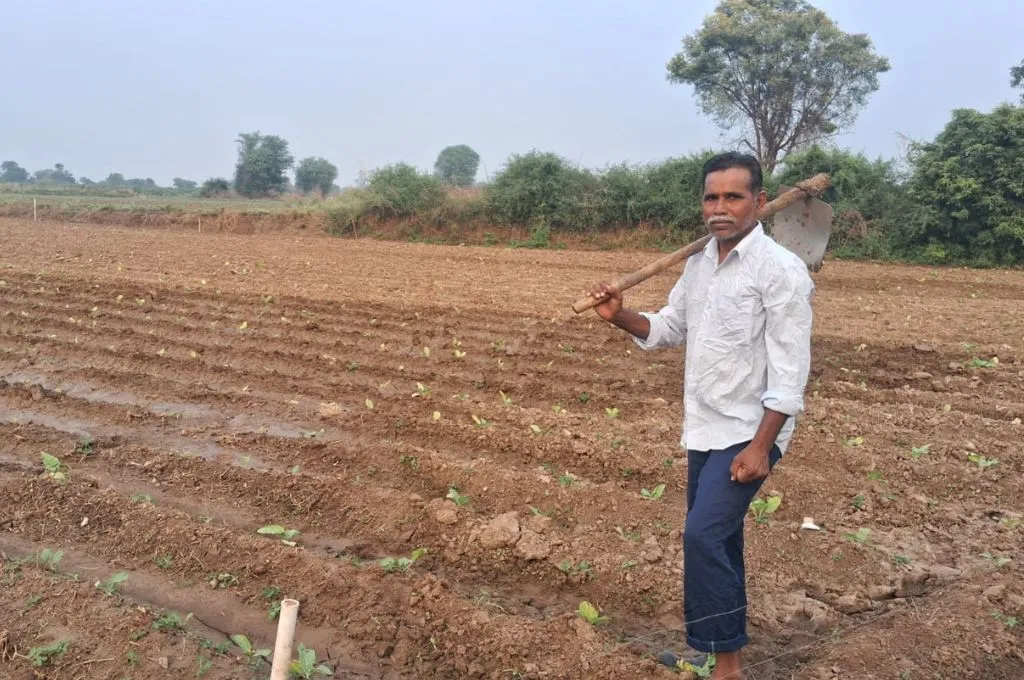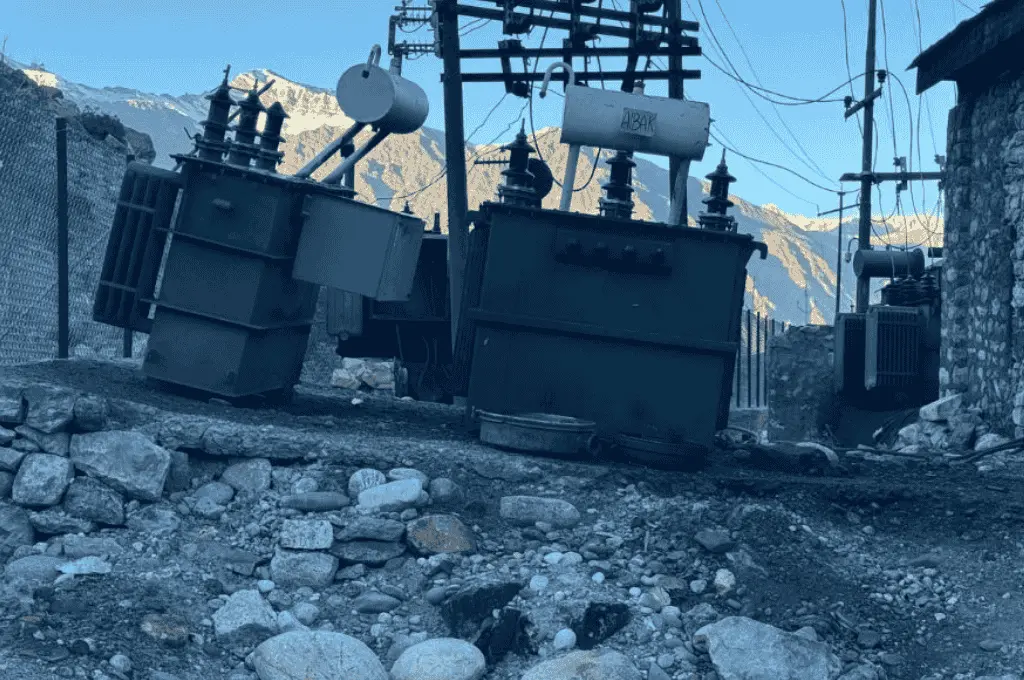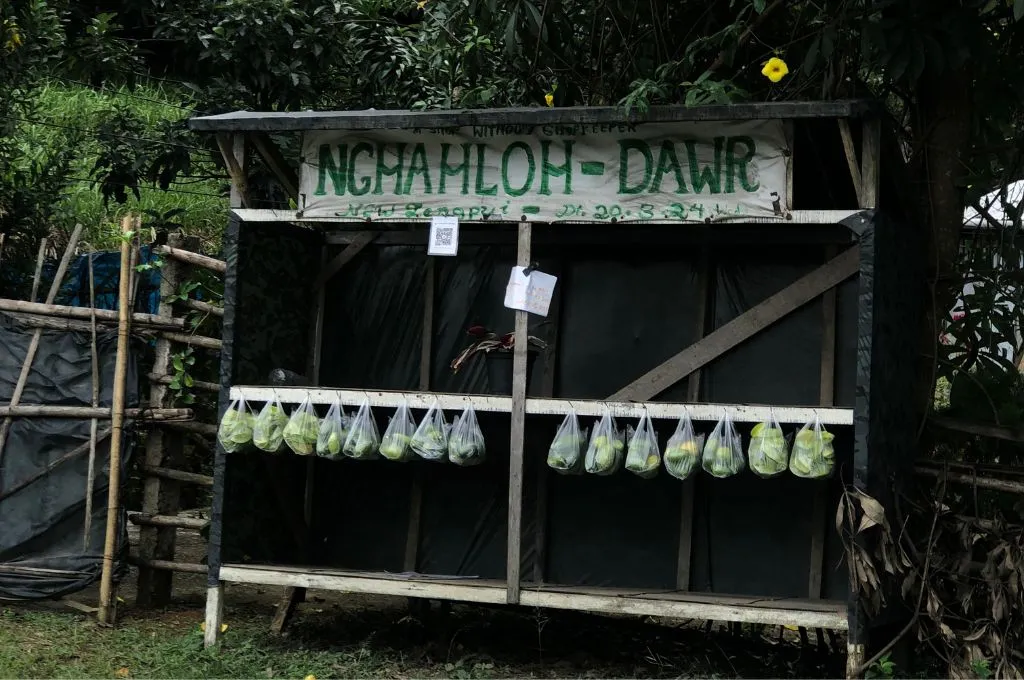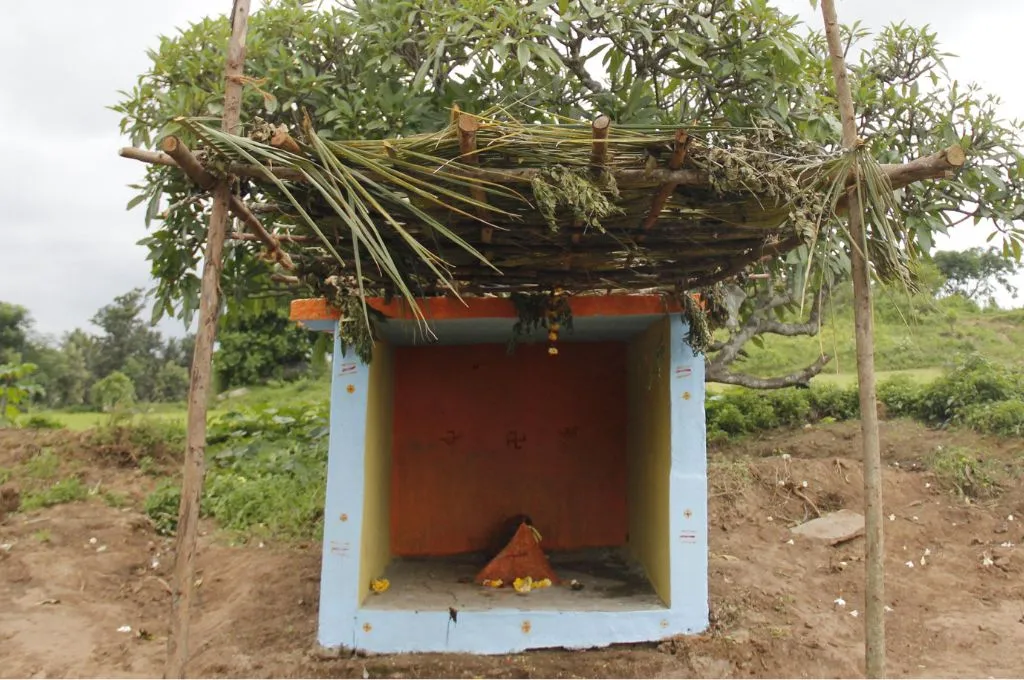READ THIS ARTICLE IN
No people, only wild asses: The struggles of Kachchh’s salt pan workers
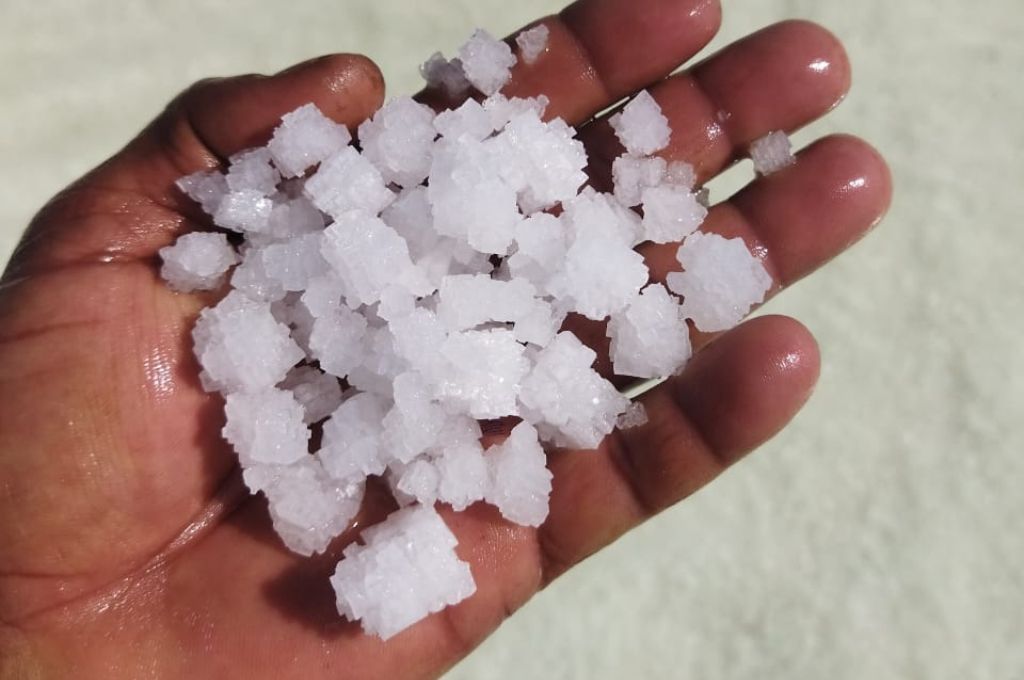
In February 2023, eviction notices were issued to many members of the Agariya community. The Agariyas are traditional salt pan workers who have been cultivating salt in Little Rann of Kachchh (LRK) for hundreds of years. According to the notice, all Agariyas who had not registered under an official survey and settlement (S&S) process were considered illegal encroachers on a wild ass sanctuary notified under the Wild Life Protection Act of 1972.
Approximately 90 percent of the Agariya community did not apply for the S&S process that began in 1997. This was due to two things—one, a lack of information and awareness about what it meant to register under this process, and two, the Agariyas had been peacefully coexisting with the wild ass for centuries and didn’t understand why they would be denied their right to land and livelihood because of the sanctuary.
Those who did apply for registration were salt mining companies along with individuals who were not from the Agariya community. Presently they dominate the salt manufacturing in LRK and many Agariyas, who were independent owners of the land, have become workers in these companies. During the survey, there was no verification of the authenticity of the submissions for various reasons. LRK was an unsurveyed land since Indian independence.
SETU Abhiyan, an organisation focused on strengthening local governance at the grassroots, has been working with the Agariya community in LRK to ensure their rights to land and work, but has found it difficult due to bureaucratic issues. The organisation has sent petitions and applications to the concerned authorities so they can meet the officials, but every few years there is a new officer.
Devaytbhai Jeevanbhai Ahir, a salt pan worker whose name is not on the list, told us, “If they don’t let us access the salt pan to work, we’ll have to migrate to find work elsewhere. After all, we have to earn at least INR 5,000–10,000 to make ends meet.”
Nonprofits, in association with government agencies, have tried to help by providing facilities that include drinking water, seasonal hostels for children of Agariya and nomadic communities, treatment for occupational health hazards, safety kits, subsidised solar-powered pumps, and medical camps inside the Rann.
Ironically, the state government on the one hand is trying to improve the lives of this community while on the other is depriving them of their land.
According to a 2020 report, the wild asses are thriving. Sadly, the same cannot be said about the Agariya community.
Mahesh Brahman works with SETU Abhiyan as a programme coordinator, and has been an advocate for the salt pan workers for many years. Udhisha Vijay is an India Fellow working on improved local governance with SETU Abhiyan in Bhuj, Kachchh.
A version of this article was published on India Fellow.
—
Know more: Read this article to learn more about what is affecting the cattle in Kachchh.
